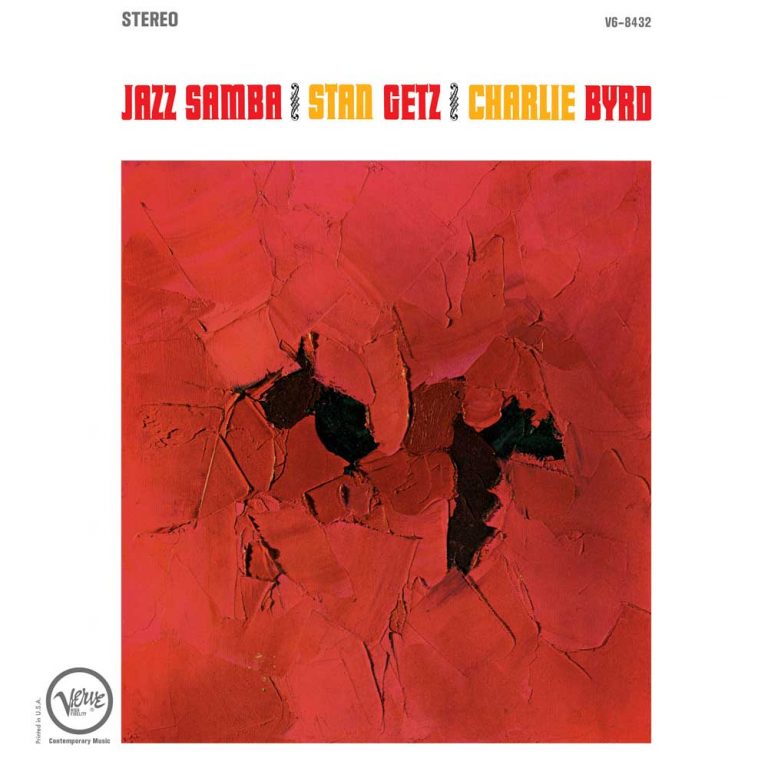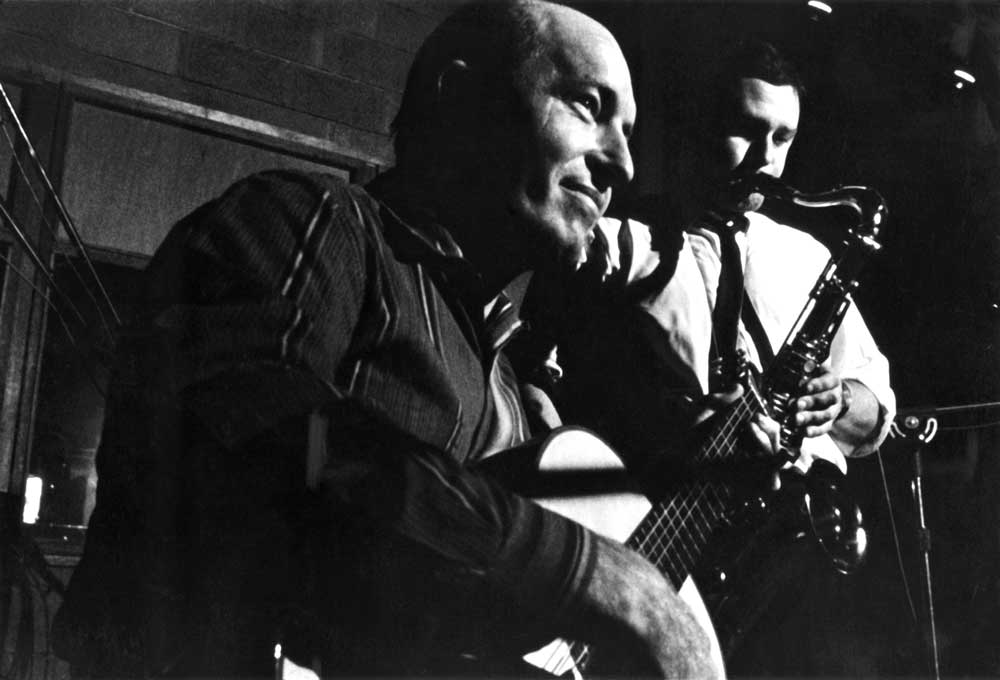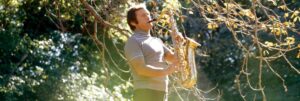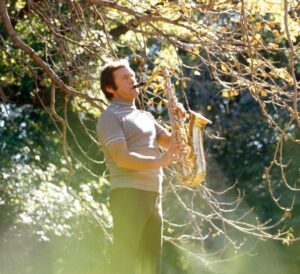In November 1961, as tenor sax titan Stan Getz played out his residency at New York’s Village Gate fronting a hot straight-ahead band featuring Roy Haynes on drums (as heard on the “Getz At The Gate” album), there was little evidence that he was about to co-author one of the most popular Latin jazz records of all time.
But, looking a little harder, portents were everywhere; João Gilberto’s ground-breaking self-titled album was getting a US release, guitarist Charlie Byrd was touring Brazil and bebop pioneer Dizzy Gillespie was playing an arrangement of Antonio Carlos Jobim’s “Desafinado”, amongst other bossa nova compositions, at US jazz festivals, including a famous performance at Monterey on 23 September 1961. (In his autobiography, he also claims that Getz was “bugging me to death trying to get some of those tunes” and that he was the very first North American musician to play bossa nova.)
Upon Byrd’s return to the States, he duly contacted Getz and newly-installed Verve house producer Creed Taylor and arranged a date to record this new fusion of jazz and bossa nova. “Jazz Samba” was recorded without much aforethought on 13 February 1962 at the All Souls Unitarian church in downtown Washington DC on a two-track portable Ampex tape machine.

STAN GETZ & CHARLIE BYRD Jazz Samba
Available to purchase from our US store.According to Taylor, the whole session took barely three hours: he and Getz travelled together to the church, arriving around 1 pm, and he estimates that they both left at 5:30 pm. The band, which included Byrd’s brother Gene playing both acoustic bass and rhythm guitar, set up in and around the pulpit, while Taylor monitored the session from a small mobile studio parked outside.

“Jazz Samba” is at once familiar and comforting but never watered-down or compromised, a great testament to Getz’s playing (described by Philip Larkin as “supple and unflurried” in his glowing review of the album). His musical intelligence and delicious tone dominate the proceedings and of course both Jobim and Gilberto were hugely influenced by his work, as well as the other key “cool school” artists like Gerry Mulligan and Miles Davis.
Released on 20 April 1962, “Jazz Samba” was an immediate smash, reaching #1 hit in the USA, surely helped by Olga Albizu’s striking cover artwork. But its success seems to have wrong-footed everyone, even Taylor. “Did I think it was going to be a hit? No. I didn’t realize what we had,” he told writer Michael Jarrett. Taylor also claims that he titled the album “Jazz Samba” because he was sure many Americans couldn’t pronounce “bossa nova” (and swears he was almost persuaded by Verve’s marketing team to leave out the word “jazz”!). Taylor’s role as a keeper of the jazz/bossa nova flame cannot be overemphasised.
“Desafinado” (loosely translated from the Portuguese as “slightly out of tune”) was released as a single in early summer 1962, reaching the top 20 in both the USA and UK and winning a Grammy. The bossa nova business had been a lucrative one for Getz, but he never felt defined by the genre: “I was able to buy a mansion and put five kids through college, but I never got it into my head that I was a commercial musician. I was still a jazz musician, even when I was playing two bossa novas a night,” he modestly told writer Joe Smith in 1987, four years before his untimely death.

STAN GETZ & CHARLIE BYRD Jazz Samba
Available to purchase from our US store.Matt Phillips is a London-based writer and musician whose work has appeared in Jazzwise, Classic Pop, Record Collector and The Oldie. He’s the author of “John McLaughlin: From Miles & Mahavishnu To The 4th Dimension”.
Header image: Stan Getz. Photo: David Redfern / Getty Images.


